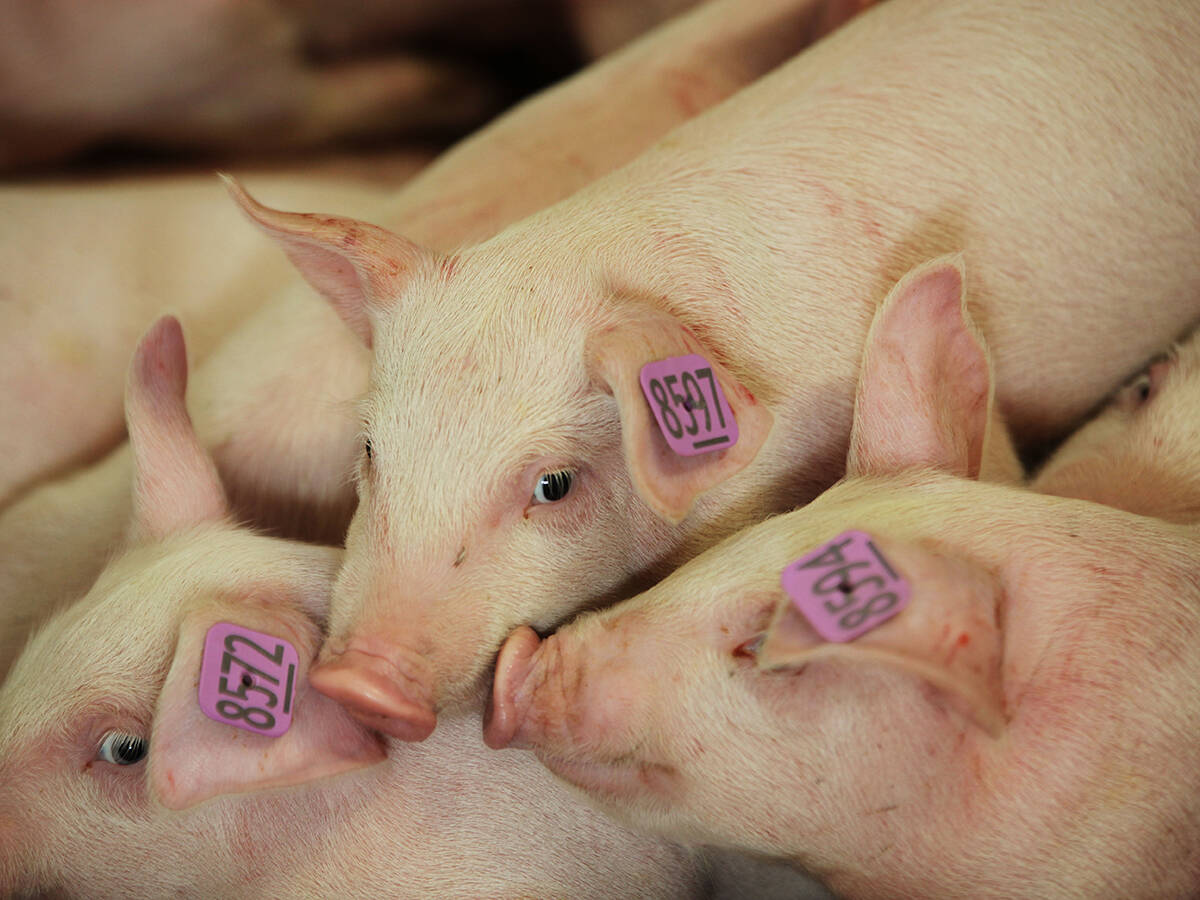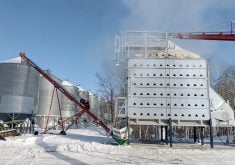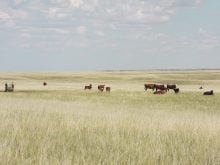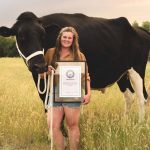Saskatchewan is updating its animal disease legislation and giving more authority to the province’s chief veterinarian.
The Animal Health Act, 2018, was introduced late last year and will replace the Diseases of Animals Act, which has been revised only slightly since it was enacted in 1966.
Agriculture Minister David Marit told the legislature during second reading debate that the original act is the second-oldest piece of animal health legislation in Canada.
“It was sufficient for its time, but that time has passed,” he said.
Read Also

The Western Producer Livestock Report – October 16, 2025
Western Producer Livestock Report for October 16, 2025. See U.S. & Canadian hog prices, Canadian bison & lamb market data and sales insights.
The new bill will update fines and allow the government to act more quickly to contain a disease outbreak.
For example, the existing legislation gives the minister the power to suppress a disease outbreak but has to issue an order first.
“Authority and responsibility are also not clearly defined in the current act, which means it could potentially fail to withstand a legal challenge should one be brought against the province,” Marit said.
The new act proposes that the province’s chief veterinary officer have the authority to prevent, control and respond to animal disease outbreaks instead of the minister.
It also gives the officer the power to add or remove diseases from the list of those that are provincially notifiable.
“This is another efficiency measure,” Marit said.
“If a new and dangerous disease appears in Saskatchewan, it is important that the province is able to respond quickly and not be slowed down by the requirements of a minister’s order.”
The definition of disease will include “non-infectious threats” such as the toxins lead and ergot and will deal with emerging issues such as antimicrobial resistance, Marit added.
“The new act clearly sets out the veterinary inspectors’ authorities and responsibilities with regard to entering and inspecting premises, establishing quarantines, disease surveillance and control zones, and euthanizing animals to prevent suffering or the spread of disease,” he said.
“This greatly reduces the threat of legal challenges.”
Fines under the current law are a maximum of $500; that will increase to $25,000 plus the possibility of daily fines for ongoing offences.
Jail time for serious offences will increase from six months to one year.
Under the Animal Health Act, regulations could include oversight of stray animals, premises identification and traceability, and the minister could have the authority to regulate how veterinary drugs are dispensed.
Marit said this could be useful in the future “if there are unintended consequences to current federal regulatory changes.”
As of Dec. 1, most veterinary medications will have to be prescribed by and purchased from a veterinarian.
The minister said the government consulted with livestock organizations and others, as well as veterinarians, as it developed the new legislation.
“In general there is a broad support for the new legislation although there were a few concerns regarding definitions, inspections and delegated authority that have been clarified in the legislation or will be addressed in the regulations,” he said.
The Saskatchewan Stock Growers Association said it supports the proposed changes.
“The province is taking steps to address gaps that have been identified in the existing legislation and to help improve responsiveness to animal disease outbreaks,” said general manager Chad MacPherson.
NDP MLA Doyle Vermette said the opposition would examine the bill as it goes through the legislative process.
“I know my colleagues will ask more questions and we’ll do the work that we need to do to make sure legislation is right,” he said.

















